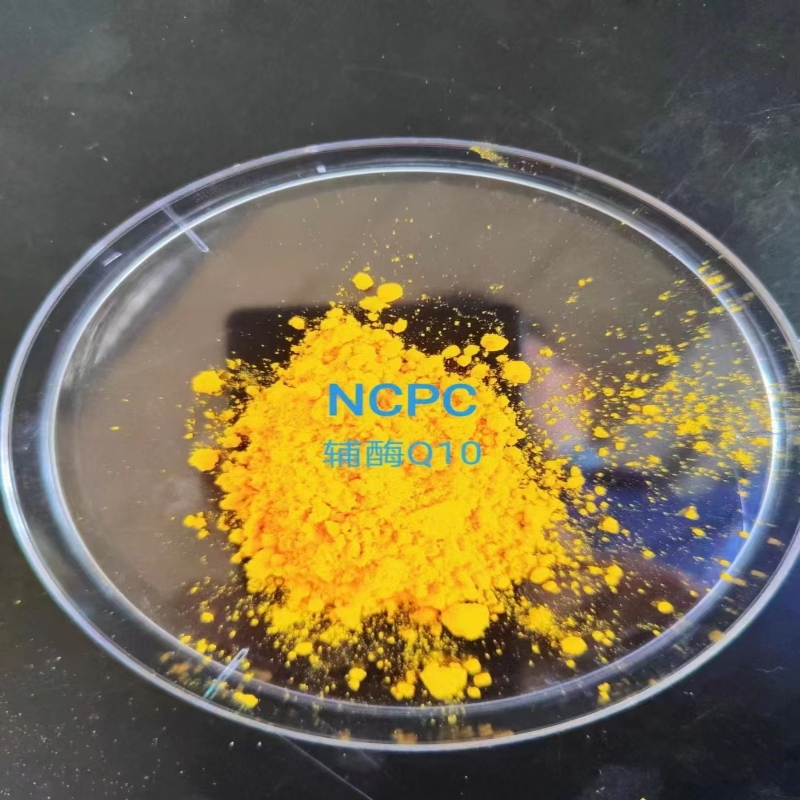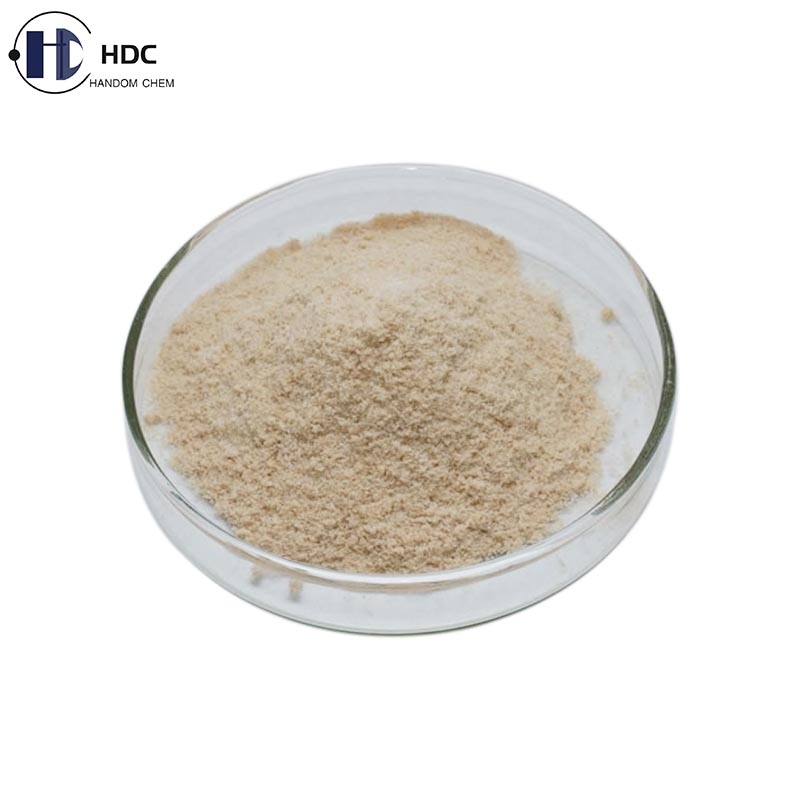Advances in the study on the spatiotemporal dynamic distribution characteristics of the effect of root C / P ratio on rice residual rhizosphere enzyme activity
-
Last Update: 2019-02-22
-
Source: Internet
-
Author: User
Search more information of high quality chemicals, good prices and reliable suppliers, visit
www.echemi.com
Enzyme is the driving force of soil element cycle According to the theory of ecological metrology, the synthesis and secretion of soil enzymes are caused by the imbalance between the demand of microbial energy (c), nutrient elements (n, P, etc.) and the environment supply The C / N / P of microbial biomass is 42:6:1 ~ 60:7:1, while as the main substrate of microorganism, the C / N / P of soil organic matter (SOM) and plant residue are 186:31:1 and 3000:46:1, respectively Therefore, in the utilization of organic matter, microorganisms secrete a large number of extracellular enzymes for nutrient element mining to meet their nutritional needs There is a general phosphorus limitation in terrestrial ecosystem Tropical and subtropical areas are the main rice producing areas Due to long-term weathering and leaching, the phenomenon of soil phosphorus deficiency is particularly prominent in this area In order to maintain high yield, phosphate fertilizer was widely used in rice production in this area, which changed the C / P of soil and rice tissue Rice transports 10-55% of the photosynthetic carbon to the root, which is almost completely left in the ground after rice harvest, providing a large number of easy-to-use carbon sources for microorganisms, forming the main microbial active heat zone around the abandoned rice field The change of C / P in the microenvironment around the dead root caused by the application of P fertilizer may affect the synthesis and secretion of extracellular enzymes, which may play an important role in the regulation of soil element circulation and fertility maintenance However, up to now, there are few reports about the related research The distribution of enzyme activity in soil is highly heterogeneous As an important area of enzyme activity, the perirhizosphere of residual roots is usually a few millimeters away from the root center, with a narrow area and difficult to sample The traditional sampling method mixed the soil in the hot and non hot areas, which covered up the real activity and spatial distribution characteristics of soil enzymes in the hot areas For this reason, researchers from the Institute of subtropical agricultural ecology, Chinese Academy of Sciences, used Olsen-P < 5 mg kg-1 and Oryza sativa L as materials to study the effects of P (80 mg kg-1, P 80) and P (P 0) application on 150% of rice after harvest by using soil zymogram technology In D, the spatial distribution of β - glucosidase (BG), β - cellobiose hydrolase (CBH) acid phosphatase (ACP) and alkaline phosphatase (ALP) activity in the rhizosphere was studied The activity ratio of c-acquiring enzyme (BG, CBH) to p-acquiring enzyme (ACP, ALP) was calculated as follows: C / P acquisition ratio = ln (BG+ CBH): ln (ACP + ALP), BG, CBH, ACP and ALP are the total enzyme activity in hot spots (teh) teh = eh × ah × s, EH is the average enzyme activity in hot spots, ah is the relative area of enzyme activity hot spots, and S is the surface area of root window soil The in situ zymogram images of BG, CBH, ACP and ALP activities were collected before (0d) and 7, 21, 42, 90150d after the above ground pruning The results showed that the active hot spots of the four enzymes were distributed along the roots before the above ground pruning Within 150 days after the above ground pruning, the active heat regions of BG and CBH remained along the root, while ACP and ALP were dispersed in the peri and non peri rhizosphere (Fig 1) After 7 days of culture, the active heat area of BG and CBH decreased compared with that before shoot pruning, but the difference was only significant in P0, and then increased, and peaked after 21 and 90 days respectively (Figure 1) In the 150 day culture process, compared with P0, P application increased the active heat area of BG and CBH by 2.8-11.4 and 1.8-48 times, respectively On the first 21 days after cutting off the upper part of the ground, the area of ACP and ALP active hot spots increased in P0, but decreased in p80 On the 21st day, the area of phosphatase active hot spots in P0 was larger than that in p80 After that, the activity of phosphatase decreased continuously in P0, significantly lower than the peak value at 150 days, and increased continuously in p80, and decreased sharply after reaching the maximum value (90th day) Phosphorus application did not affect the change rule of active heat area of BG and CBH over time, but delayed the emergence of ACP and ALP maximum active heat area (Figure 1) There was no significant difference in CP acquisition ratio between P0 and p80 before cutting the shoot CP acquisition ratio decreased first and then increased 21 days after the removal of the upper part of the ground, and reached the peak at 21 days The CP acquisition ratio of p80 was 1.56 on the 21th day, and decreased to 0.42 on the 42nd-90th day In the whole culture process, the CP acquisition ratio of p80 was significantly lower than that of P0, that is to say, low substrate C / P induced high CP acquisition ratio In conclusion, the temporal and spatial distribution of BG, CBH, ACP and ALP activities in the rhizosphere of rice had enzyme specificity in response to C / P of the rhizosphere Phosphorus application increased the area of active hot spot of c-acquiring enzyme in the rhizosphere, but did not affect its change characteristics with degradation time Compared with P0, the active hot area of phosphatase in p80 was significantly smaller in the first 21 days, and the emergence of the maximum hot area was delayed, which may be due to the release of P in residual roots during the degradation of low C / P roots, resulting in the increase of soil available P, inhibition and soil phosphatase activity Rice growing in phosphorus deficient soil has a higher C / P ratio of residual roots, and microorganisms have a lower C / P acquisition ratio in the degradation process, resulting in the increase of C availability and the decrease of P availability, which aggravates the imbalance of C and P in the soil; while rice growing in Phosphorus Deficient soil has a lower C / P ratio of residual roots, and the simultaneous release of C and P occurs in the degradation process, maintaining the balance of C and P in the soil (Figure 2) This study was recently published on biology and fertility of soils under the title of C / P stoichiometry of dynamic rice root definitions the spatial distribution and dynamics of enzyme activities in root detritusphere The research was supported by the national key R & D project, the National Natural Science Foundation and the youth innovation team project of the Institute of Subtropical Ecology, Chinese Academy of Sciences.
This article is an English version of an article which is originally in the Chinese language on echemi.com and is provided for information purposes only.
This website makes no representation or warranty of any kind, either expressed or implied, as to the accuracy, completeness ownership or reliability of
the article or any translations thereof. If you have any concerns or complaints relating to the article, please send an email, providing a detailed
description of the concern or complaint, to
service@echemi.com. A staff member will contact you within 5 working days. Once verified, infringing content
will be removed immediately.







